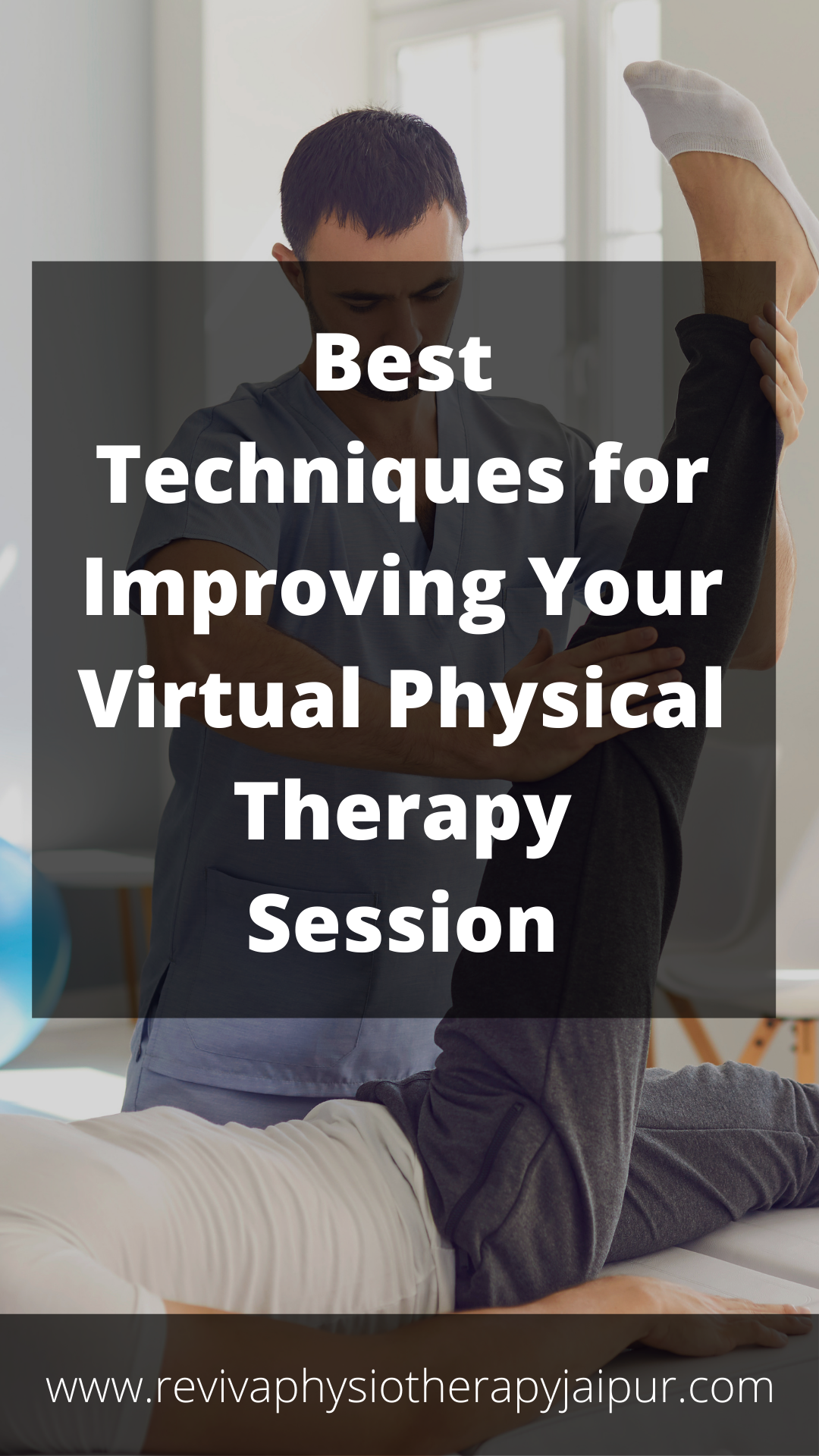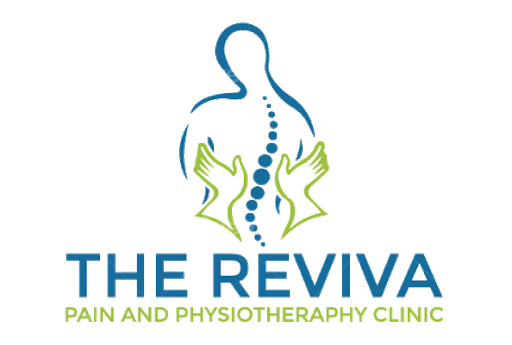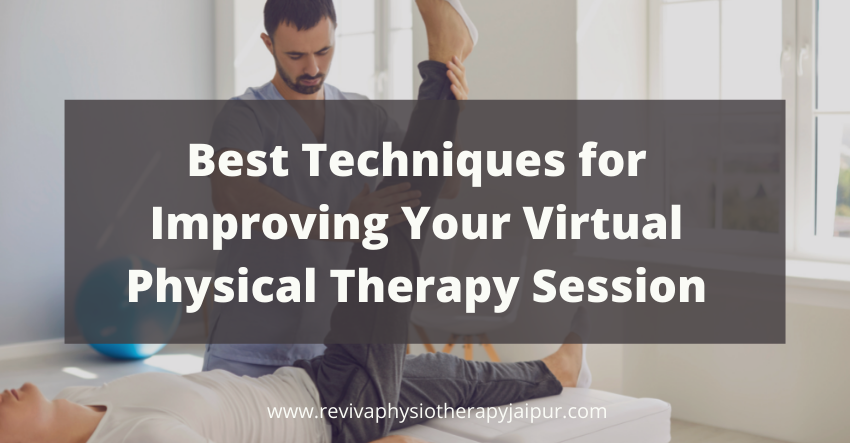It is obvious that providing virtual physiotherapy alone or in conjunction with home visits is an effective way to perform initial consultations, teach exercises, monitor progress, or simply provide a diagnosis and advice. To make the most of your virtual physiotherapy session, here are the top five tips and tricks to ensure you have an informative, effective, and seamless session!
Best Techniques for Virtual Physical Therapy Session
1. Put on Your Workout Clothes
As you prepare to go to the gym, dress comfortably in fitness clothing that allows you to identify, expose, and focus on the body part that is the primary source of concern. This will save you time during your appointment and ensure that every minute on the screen is used wisely.
2. Configure Your Environment
You will need enough space visible to the webcam to perform, learn, or receive feedback on various exercises with your therapist. Determine a location in your home where you can use a yoga mat, a treatment table, or just an open area of flooring. Keep your mobile device or laptop about 3-5 feet away from the ‘treatment area,’ and make sure your webcam has a clear view of the critical area and body part you want to concentrate on.
3. Check Internet Speed
Internet speed is important when it comes to virtual visits. If you use Zoom or another virtual platform to communicate with your therapist, you must have a minimum internet connection speed of 5 megabytes per second. Before you begin your session, go to www.fast.com and check your connection speed.
4. Use Headphones
Headphones are an important piece of equipment. We recommend that you wear and connect a pair of Bluetooth-enabled headphones to your mobile phone/computer during the session so that you can perform exercises and stretches without interfering with your physical therapist’s verbal communication. This, once again, will help you optimize your time and allow you to move, listen, and respond naturally.
5. Make a Plan
Make sure you understand your diagnosis and treatment plan, just as you would in person. Inquire with your therapist about which exercises you should do until your next visit, whether you should share relevant documents or videos on the virtual platform, and whether additional sessions are necessary. Your therapist may also advise you on the need for additional treatments such as orthopedic bracing, injections (consult your doctor for these), and/or surgery (see your local orthopedic surgeon). Manual physiotherapy may be required at times, necessitating an in-home session.




